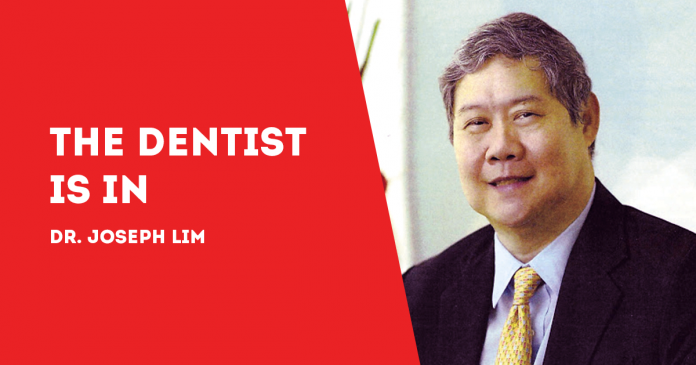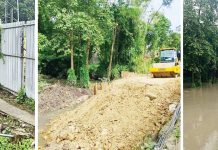
(By Dr. Joseph D. Lim and Dr. Kenneth Lester Lim)
HUMAN urine may be used in dental implants. Believe It or Not.
Improbable that may be, researchers at the University of California in Irvine have devised a way to change wastewater into hydroxyapatite (HAp), a natural mineral.
HAp is lightweight, strong and durable – an ideal material for dental implants and many other applications, says David Kisailus, PhD, a Professor of Materials Science and Engineering at the university.
Mammals produce osteoblasts or specialized cells that extract calcium phosphate from bodily fluids and secrete it as HAp. The osteoblasts cannot be produced on an industrial scale, however. Instead, the University of California researchers used a synthetic alternative.
They used osteoyeasts or engineered yeast cells that break down urea and raise the pH of their surroundings. This encourages the accumulation of calcium and phosphate in tiny cavities within the yeast. The minerals produced are secreted and crystallized into HAp.
In the process, human urine is converted from wastewater into osteoblasts. If produced economically at scale, urine-derived HAp could also offer a renewable, biodegradable alternative to plastics and other construction materials, says the university in a press statement.
The way it works is that synthetic yeast cells are used to convert urine into HAp; the mineral makes tooth enamel hard, says Dr. Kisailus.
The process achieves two goals at the same time, he explains. “On the one hand, it helps remove human urine from wastewater streams, mitigating environmental pollution and the buildup of unwanted nutrients; and on the other hand, it produces a material that can be commercially marketed for use in a variety of settings.”
“We are currently developing strategies to leverage this yeast platform with our 3D printing and structural knowledge to make multifunctional architected materials,” Dr. Kisailus says.
An economic analysis conducted by the university researchers shows that the process could reduce environmental damage from wastewater – at the same time potentially developing a market expected to be worth $3.5 billion or even more by 2030.
The viability and the potential are so attractive that the research caught the attention of the U.S. Department of Energy, the Defense Advanced Research Projects Agency, and the Air Force Office of Scientific Research. So much so that they funded the promising research.
***
Dr. Joseph D. Lim, Ed. D., is the former Associate Dean of the College of Dentistry, University of the East; former Dean, College of Dentistry, National University; Past President and Honorary Fellow of the Asian Oral Implant Academy; Honorary Fellow of the Japan College of Oral Implantologists; Honorary Life Member of the Thai Association of Dental Implantology; and Founding Chairman of the Philippine College of Oral Implantologists. For questions on dental health, e-mail jdlim2008@gmail.com or text 0917-8591515.
***
Dr. Kenneth Lester Lim, BS-MMG, DDM, MSc-OI, graduated Doctor of Dental Medicine, University of the Philippines, College of Dentistry, Manila, 2011; Bachelor of Science in Marketing Management, De la Salle University, Manila, 2002; and Master of Science (MSc.) in Oral Implantology, Goethe University, Frankfurt, Germany, 2019. He is an Associate Professor; Fellow, International Congress of Oral Implantologists; and Fellow, Philippine College of Oral Implantologists. For questions on dental health, e-mail limdentalcenter@gmail.com/PN







